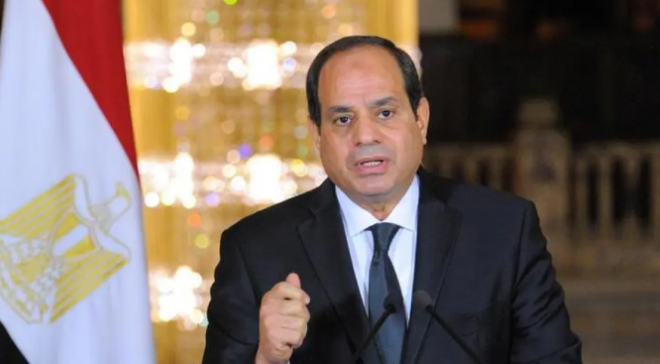Inside Ruto’s Strategic Reshuffle: Why Now, and What It Signals for Kenya’s Political Future
Garowe Online – Nairobi – President William Ruto has undertaken yet another sweeping reshuffle of his government, this time reorganizing the upper ranks of the civil service by reassigning six principal secretaries and nominating 14 new ones. The move, announced in mid-2025, is being interpreted as both a political recalibration and a response to mounting governance pressures.
Although Cabinet-level reshuffles had already begun to shape Ruto’s second year in office, the latest overhaul of principal secretaries reflects two interlinked goals: to broaden the political base of his administration—particularly by incorporating allies of opposition leader Raila Odinga—and to reposition key departments in response to emerging economic and administrative demands.
Among the notable appointments is Dr. Caroline Karugu, a former deputy governor and known ally of Odinga during the 2022 presidential campaign, who has now been tapped to lead the East African Community Affairs department. Similarly, ODM stalwart Judith Pareno has been placed in charge of the Justice, Human Rights, and Constitutional Affairs docket—clear indicators of Ruto’s willingness to reach across the political aisle and integrate opposition figures into his executive team.
Other appointees, including Ahmed Abdisalan, Dr. Fredrick Oluga, Fikirini Kajindi, and Regina Ombam, are all closely associated with the opposition camp. Their elevation suggests a deliberate attempt by the president to forge a broader, more inclusive coalition—one that could help neutralize adversarial politics ahead of the 2027 general election.
But the reshuffle is not purely political. It is also seen as a direct response to public frustrations over economic stagnation, rising inflation, and a perceived lack of service delivery. With civil service performance under scrutiny, the changes target critical ministries such as health, education, justice, youth affairs, and economic planning—sectors where public expectations are high and delivery has lagged.
Take, for example, Professor Julius Bitok, who was moved from the State Department for Immigration to lead the Basic Education docket. His reassignment is interpreted as a push to overhaul the struggling public education sector, particularly at the primary level. Likewise, Teresia Mbaika’s transfer to the State Department for Aviation and Aerospace Development reflects the government’s growing interest in high-tech innovation and long-term infrastructure development.
Perhaps most indicative of Ruto’s internal governance strategy is the promotion of Amos Gathecha to Deputy Head of Public Service—a critical role as the government seeks to reform the effectiveness of Kenya’s civil service machinery. Meanwhile, former ICT PS Prof. Edwin Kisiang’ani has been named a senior economic adviser to the president and a member of his Council of Economic Advisors, suggesting a tightening of strategic control within State House over economic direction.
The timing of the reshuffle is no coincidence. It comes as President Ruto consolidates power while navigating internal discontent, both within his own political base and among the public. With inflationary pressures mounting and opposition criticism growing, Ruto appears to be pursuing a dual strategy: stabilize the state from within, and neutralize political threats by co-opting former rivals.
More broadly, the reshuffle signals a new phase of Ruto’s presidency—one where the emphasis is on building a government that is both politically expansive and functionally competent. It is a calculated bet that mixing political inclusion with bureaucratic efficiency will not only calm domestic tensions but also project stability ahead of 2027.
While some analysts describe the reshuffle as a “pre-election realignment,” others argue it represents a deeper commitment to rebuilding the Kenyan state in Ruto’s image—leaner, more responsive, and more strategically coordinated with emerging economic realities.
Garowe Online – Nairobi








